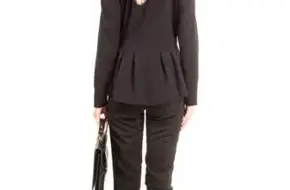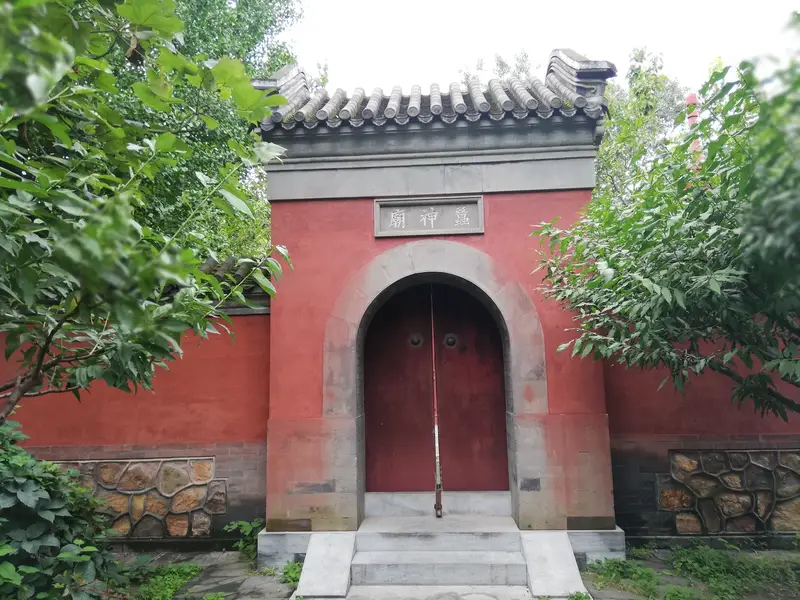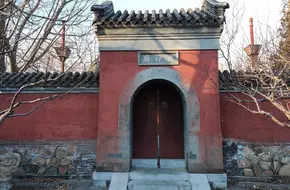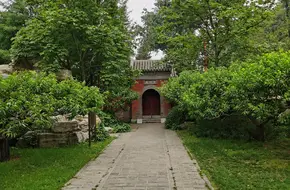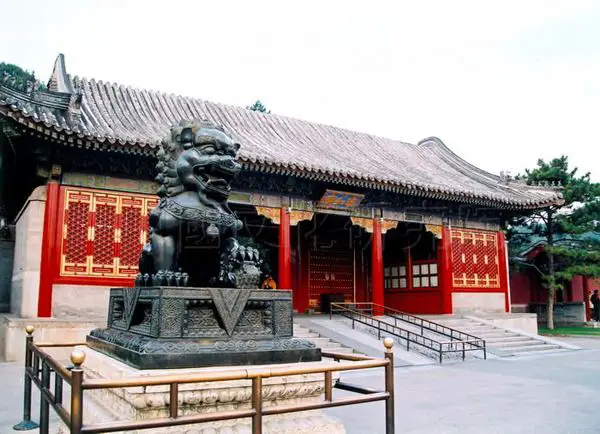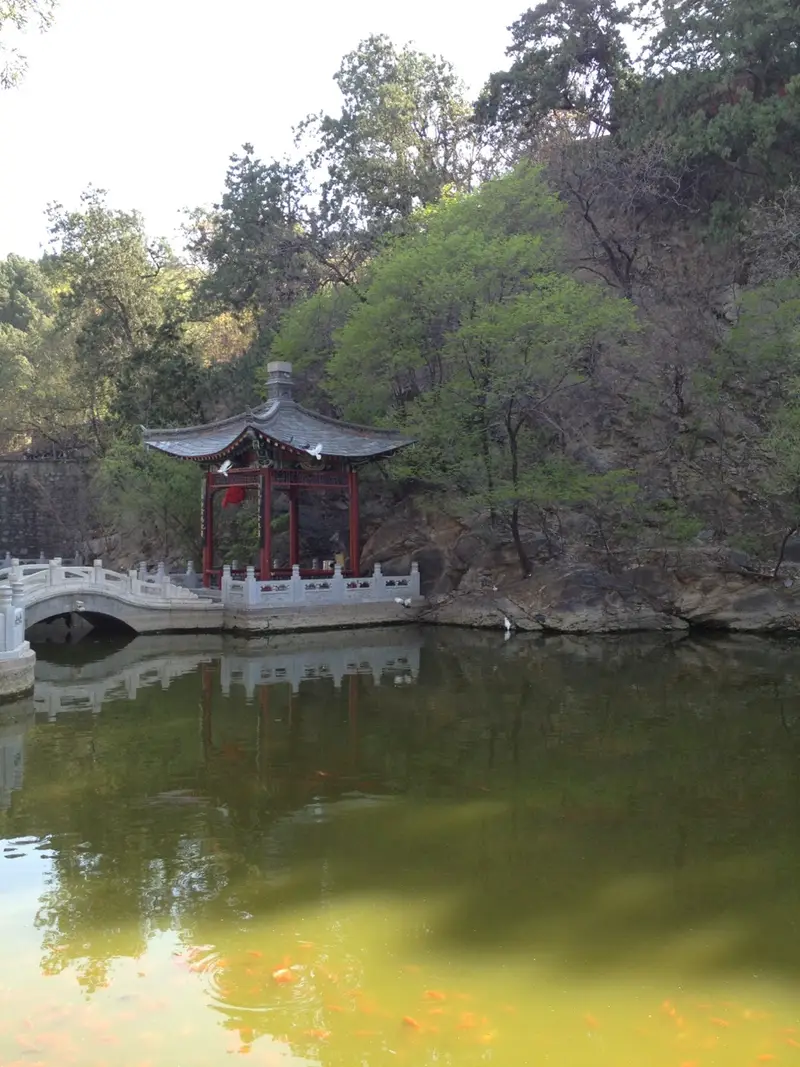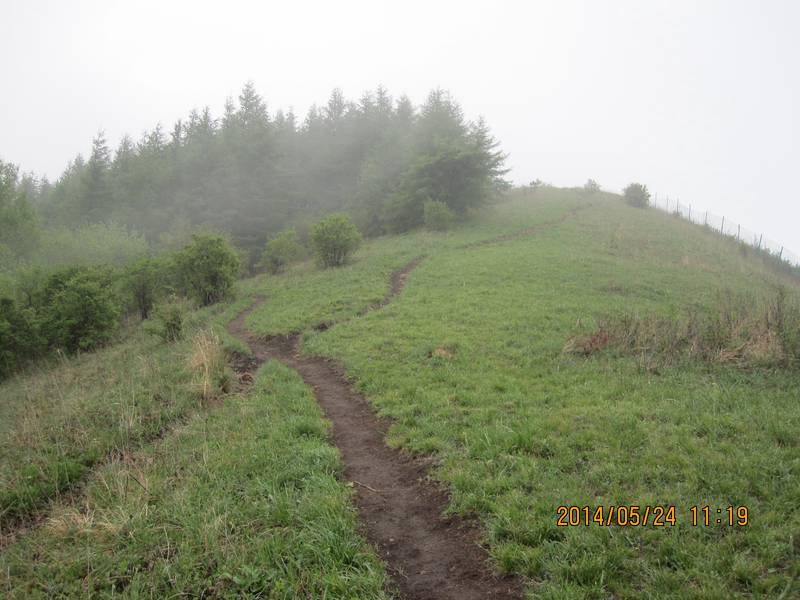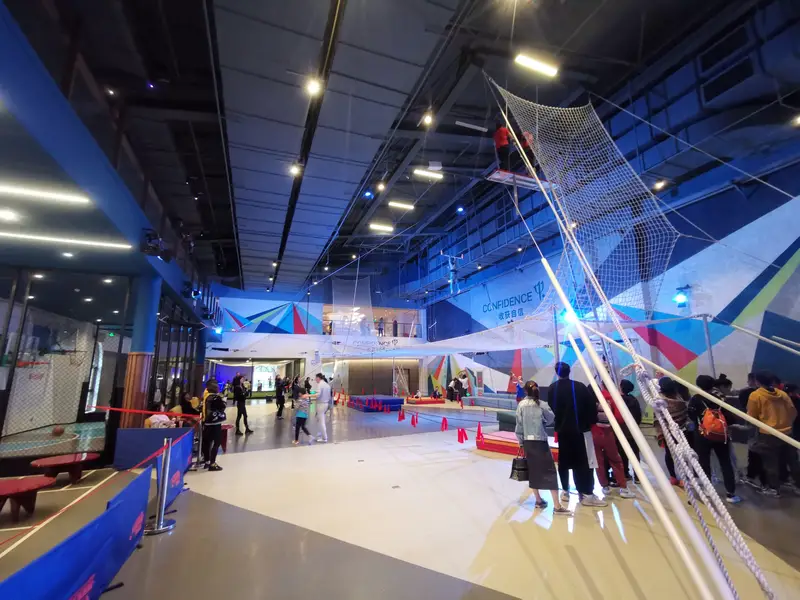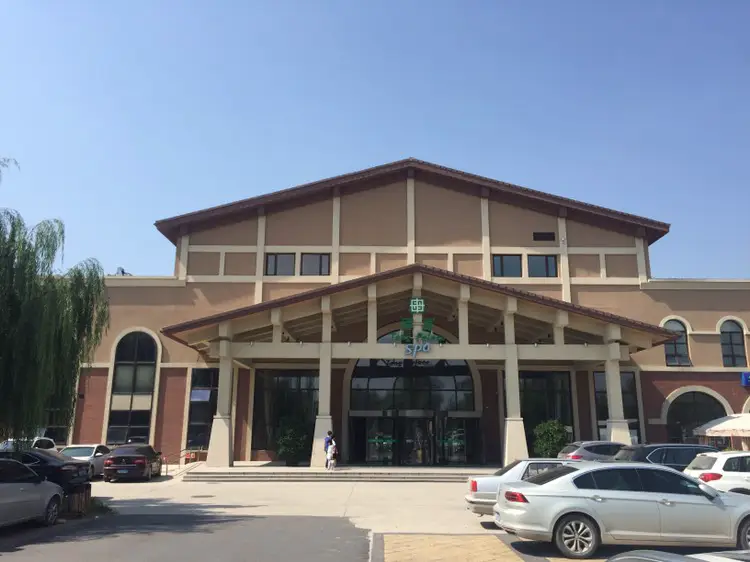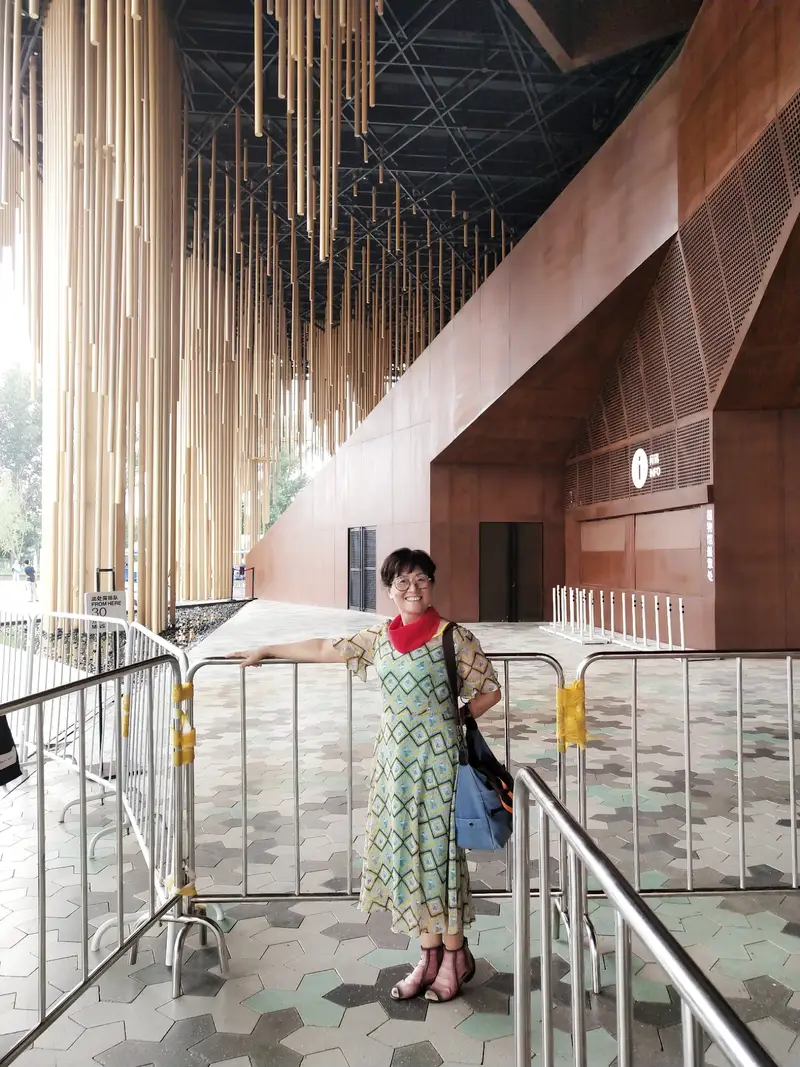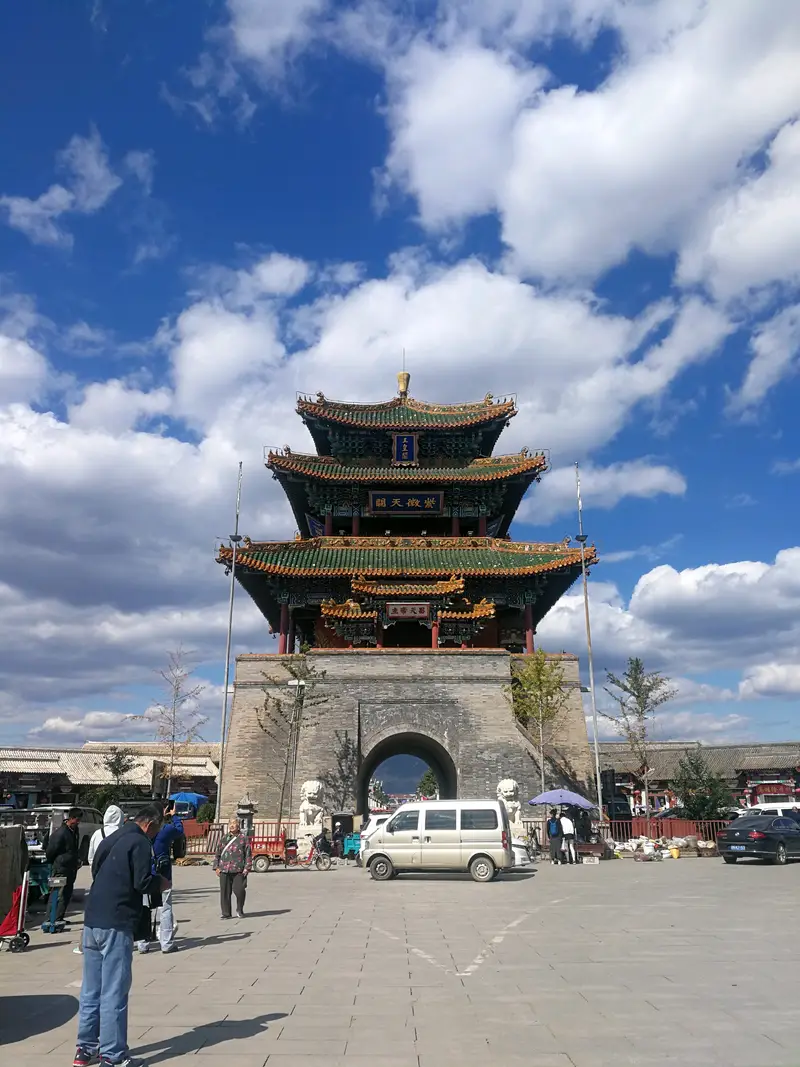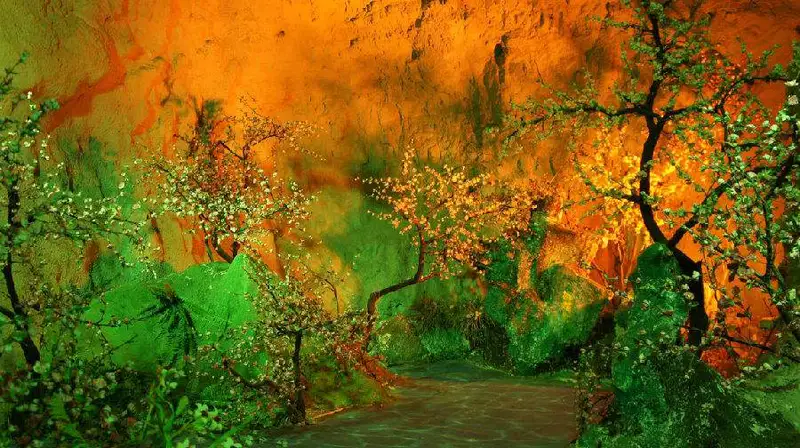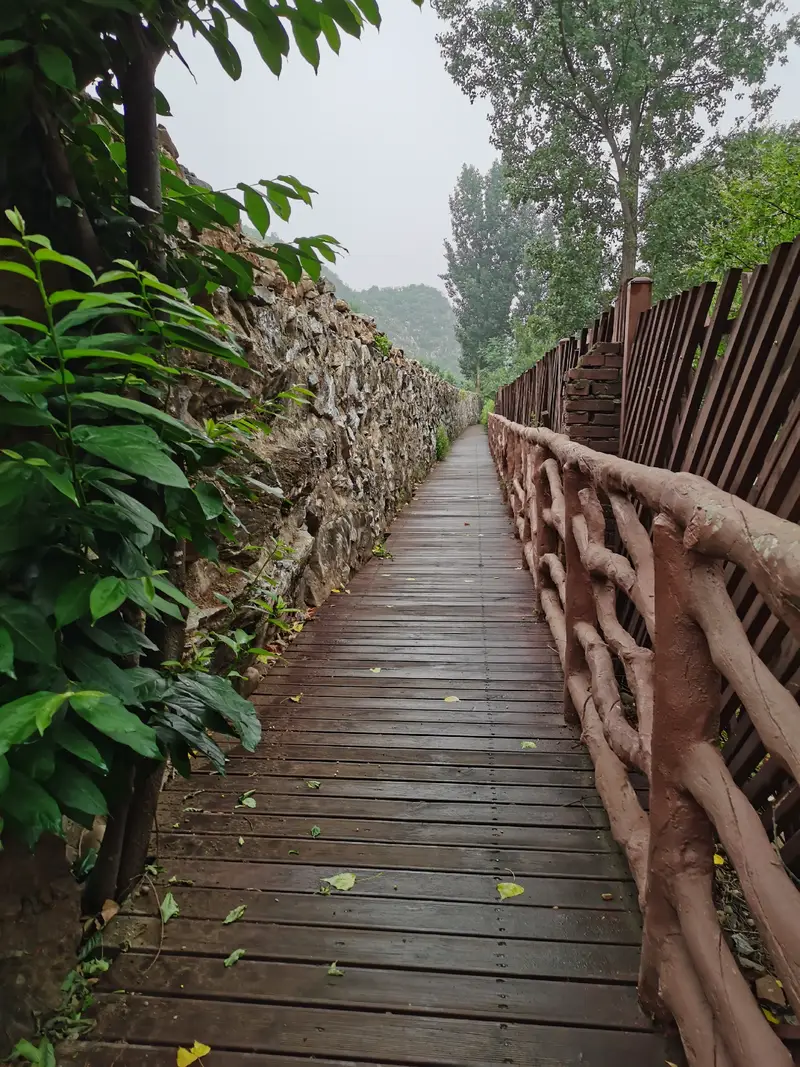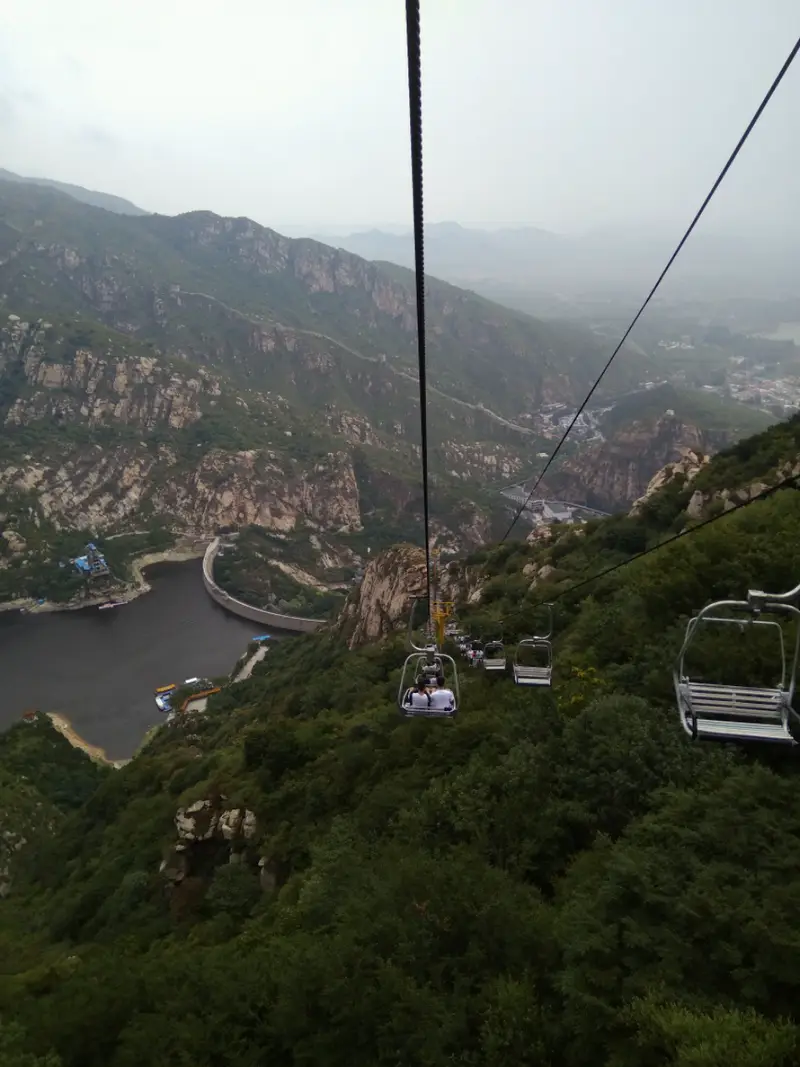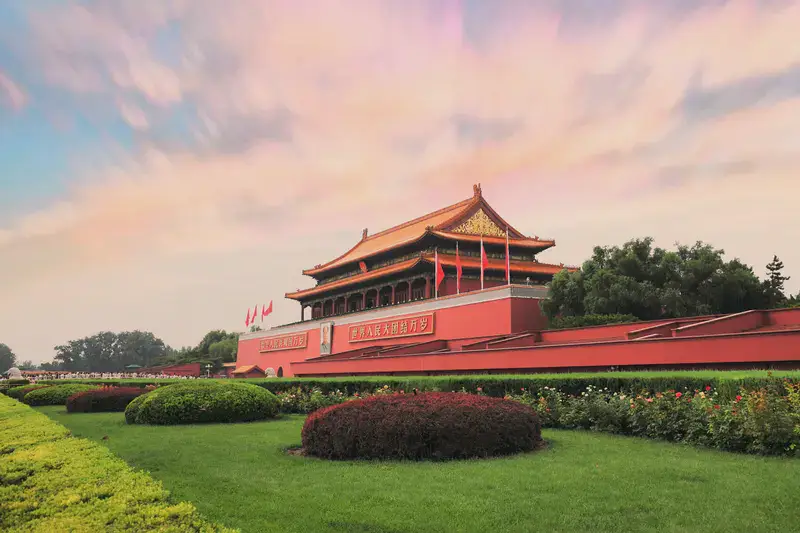Silkworm Temple sits in the northwest suburbs of Haidian District, nestled within the Summer Palace’s Gengzhi Tu Scenic Area (a nod to ancient Chinese farming and weaving traditions). To get there, take Subway Line 4 to Beigongmen Station, then walk or hop on a shuttle bus to the Summer Palace’s northern entrance. From there, follow signs to the Gengzhi Tu展区—it’s a peaceful 10-minute stroll from the main crowds.
Natural Surroundings
The temple is tucked amid lush gardens, with traditional red walls contrasting against greenery. While it’s not a “natural landscape” per se, its courtyard feels serene, especially in spring when mulberry trees bloom nearby (a nod to silkworm farming). The nearby Kunming Lake and Longevity Hill add to the royal park’s grandeur, making it a perfect spot for a quiet moment after exploring busier areas.
Cultural & Historical Vibes
Silkworm Temple dates back to the Qianlong era (1736–1795), originally built to honor Liezu (the mythical “Silk Queen” credited with inventing silkmaking). The original temple burned down in 1860 during the Second Opium War, but a faithful reconstruction in 2003 restored its charm. Today, the tiny three-room temple has no statues—just three wooden plaques. The center one honors Liezu, while others recognize her teachings in silk production. It’s a humble yet meaningful tribute to China’s silk heritage.
What to Expect Inside
The temple is small but steeped in symbolism:
- Red walls surround the compound, a classic Chinese architectural feature.
- No grand altars—just simple wooden plaques inscribed with names (a reminder of imperial thrift).
- Liezu’s plaque sits front and center, celebrating her role as the “Mother of Silk.” Legend says she taught ancient Chinese to raise silkworms, spin threads, and sew clothes.
- Look for carvings or motifs tied to silk culture (like mulberry leaves or cocoons) if you peek closely.
Practical Tips
- Opening hours: Match the Summer Palace’s schedule (usually 6:30 AM–9:00 PM, seasonal changes apply).
- Tickets: Included in the Summer Palace’s general admission (no extra fee).
- Guided tours: Available via audio guides or join a free English-speaking group at peak times.
- Photo ops: The red gate and walls make a striking backdrop, especially in morning light.
Dining & Restrooms
Nearby, you’ll find:
- Restrooms: Clean facilities near the Summer Palace’s northern exit.
- Eat & Drink: Snack stands offer maps, water, and light bites. For meals, head to Suzhou Street inside the park for dumplings or tea.
Why Visit?
Silkworm Temple isn’t a flashy landmark, but it’s a hidden gem for history buffs. It’s quieter than the Summer Palace’s main attractions, making it ideal for a reflective break. If you love Chinese cultural stories or want to see how silk shaped global trade, this spot adds depth to your trip. Plus, it’s just a stone’s throw from the lake—perfect for combining history with a scenic stroll.
Pro tip: Visit on a weekday morning to avoid crowds and catch the temple bathed in soft sunlight.

